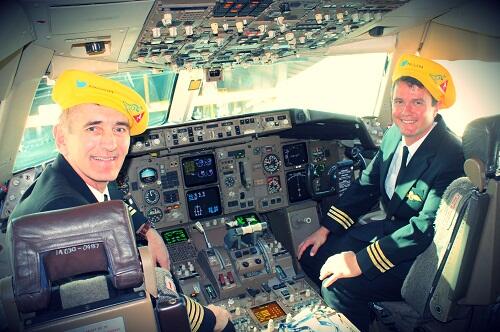Question for the pilots and perhaps ATC folks. I was recently on a delayed QF 717 departing CBR. We taxiied well behind a VA 737 who was 'ready' at the A intersection at the end of RWY35 as we approached intersection B.
I thought, since the 737 was there first, we would hold and wait for them to depart then follow them. But to my surprise we entered 35 then backtracked down the runway and turned around right in front of the VA aircraft, then took off. Must have been frustrating for them to wait as we skipped the line.
Isn't it usual for aircraft who need the whole runway to line up behind each other on the taxiway? What reason might a later aircraft be cleared to go first? Does ATC decide or respective pilots agree by radio? I can understand company aircraft giving way for operational reasons but not competitors. Any ideas?
















